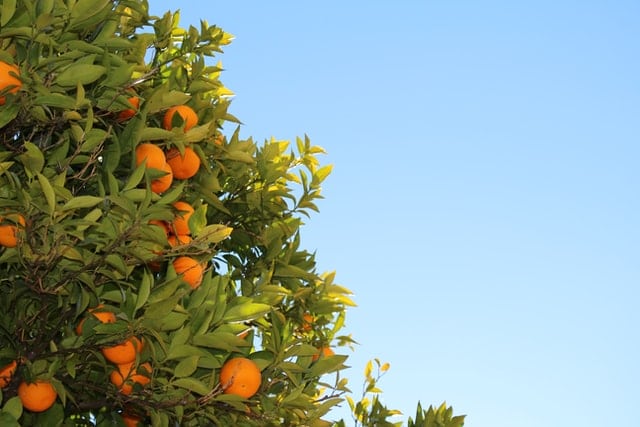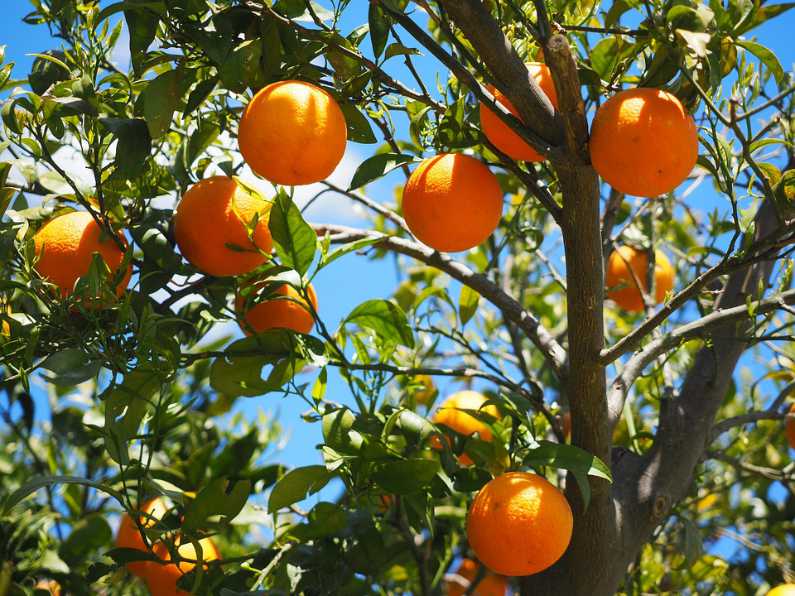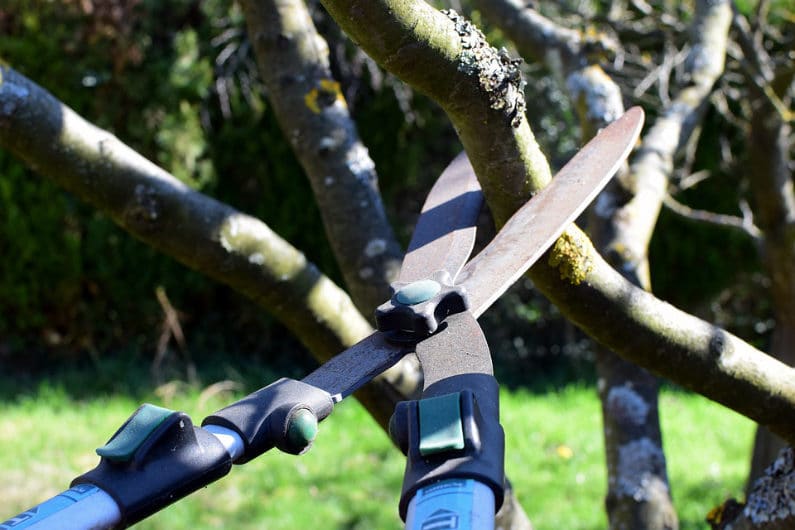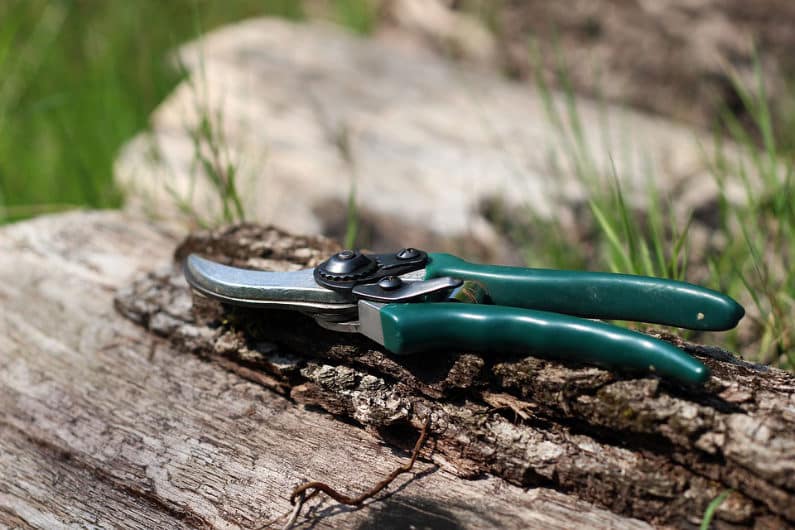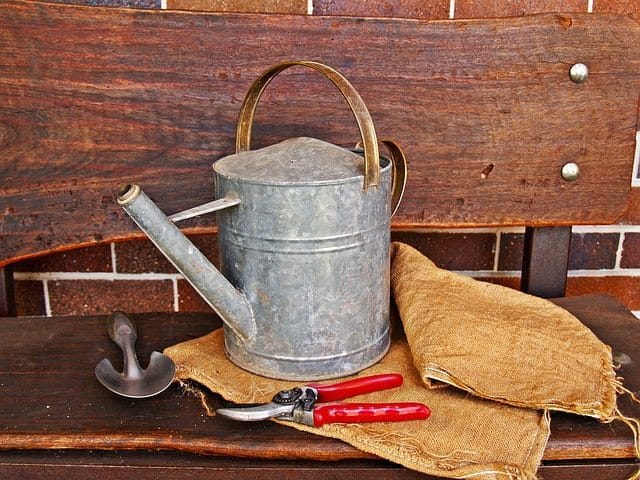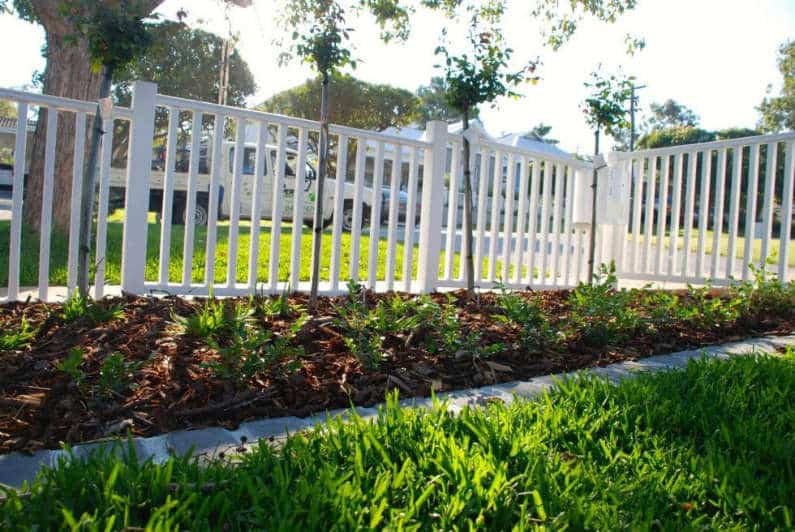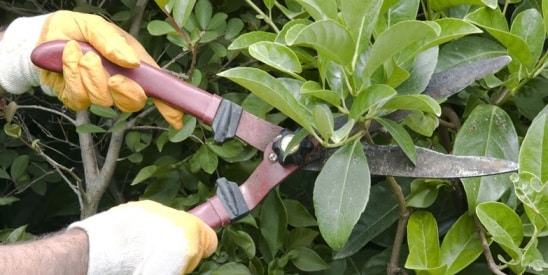
What is Pruning? Everything You Need to Know
Whether you are a keen gardener with the greenest of thumbs, or just starting out on your gardening journey, if you want a healthy, beautiful and thriving garden, pruning is a vital skill to learn.
Pruning is an important gardening practice that can help to maintain the health, shape, and productivity of plants, as well as improve their appearance. This applies to many plants; from trees to shrubs and other plants and flowers.
What is Pruning?
At it’s most basic level, pruning is what we call the task of cutting back or removing certain parts of a plant, such as branches, stems, or leaves. Critical for garden health, without proper pruning, your shrubs, bushes, trees and plants will not have the maintenance and support they need to thrive.
Knowing when to prune, depending on the season and temperature, and how to prune, for example, when to just give a light trim and when to really cut it back, is important for any garden proud homeowner.
Benefits of Pruning?
Pruning is important for a number of reasons. Critically, because, when done incorrectly, it can have a serious impact on the health, look and growth of your plants. At worst, improper pruning can kill a plant altogether or permantenly stunt it’s growth. So keep reading to learn how to do it right!
Some of the many benefits of pruning include:
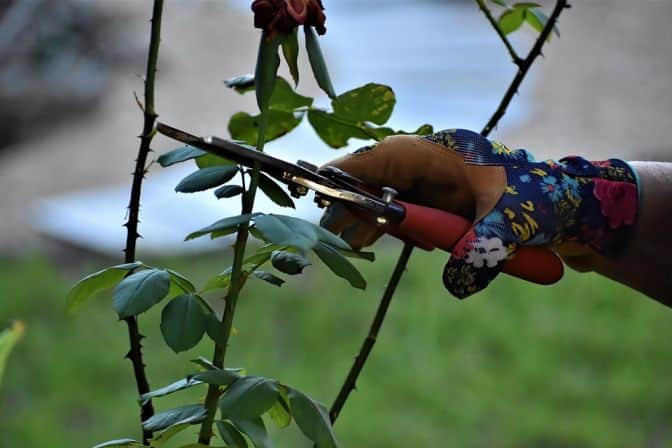
Promote Growth
Firstly, it can help to promote the growth of new branches, leaves, and flowers. By removing dead, damaged, or diseased parts of a plant, you can encourage new growth and help the plant to remain healthy and productive. Pruning fruit trees encourages increased productivity and improves growth rates season upon season. In other hedges and shrubs, it increase growth by encouraging new shoots, helping plants grow taller and stronger. And in flowering plants, pruning improves growth and makes sure that they will continue to flower.
Prevent Disease
Pruning can be strategically applied to remove any parts of the plant that are dead, damaged, or infected with disease. This helps to prevent the spread of disease or pests to other parts of the plant, and allows the plant to focus its energy on healthy growth. While cutting it right back may sometimes be needed and not look great – it will be worth it to save it in the long run.
Aesthetics
No one likes an untidy bush… straggly, overgrown hedges and plants make the entire garden look untidy and un-cared for, while shaped, maintained plants give the whole garden a lift!
Pruning can be used to train and control plants to help them grow to the desired size, hight and shape to suit your garden design. From shrubs that are pruned into round balls or vines that are trained to grow in the right directions, pruning will definitely improve the astheics of your garden.
Safety
Especially important in winter, pruning also allows you to remove dead or heavy branches and limbs which might otherwise fall and injure unsuspecting passersby. From risks of stong winds or heavy rains, or very dry periods where dead branches grow brittle, careful pruning keeps your garden safe. It also helps to deter pests or vermin by eliminating potential breeding grounds or hiding places for pests, and increasing air circulation can make it more difficult for them to thrive. Additionally, pruning can help to prevent branches from touching nearby structures, which can provide a pathway for pests to enter your home or garden.
Protects Property
Not just increasing garden safety for people, pruning helps protect your property from falling limbs on cars or your house, prevent branches scratching windows or car paint, and even stop branches or heavy leaves from clogging up your drains causing more work.
Thick and overgrown shrubs can even collect dirt and create mould/scum patches on the edges of paths or driveways that take pressure cleaning or heavy scrubbing to remove. It’s always better to keep things tidy and under control.
Improve light
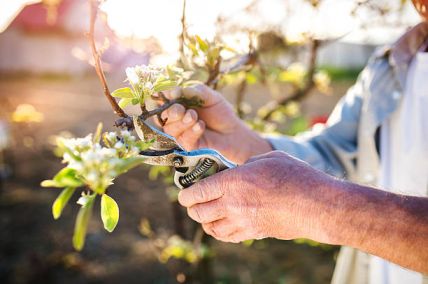
Some of your other plants or even lawn might suffer if your garden isn’t pruned back regularly. Thick or tall growth can reduce sunlight from getting to the lower areas and plants in your garden, reducing their health and growth chances by limiting their sun and air intake. Pruning decreases the competition between your plants for the nutrients they need to thrive.
Aids Reticulation
If your garden relies on an irrigation system to get the water it needs, garden overgrowth is one of your reticulation systems biggest problems. If hedges and plants aren’t pruned back regularly, they can block a sprinklers water coverage, causing dry patches in your lawns or stopping certain plants from getting any water at all.
Now that you know what pruning is and how important it is for your garden, let’s go a little deeper and learn more about the different types of pruning techniques to use.
Types of Pruning?
There are a few different types of pruning you can use, depending on the season and the type of plant; types of pruning will also differ depending on if it’s for trees, shrubs, fruit plants or flowers.
Types of Tree Pruning
At Perth Gardening Experts, we cann’t help with any major tree pruning – only for smaller trees under 3m in height – for anything higher, you’ll need to get an arborist involved. We’ll give you some tips here, but always make sure that you feel confident and safe – and never prune any heavy or large branches above your head!
Thinning
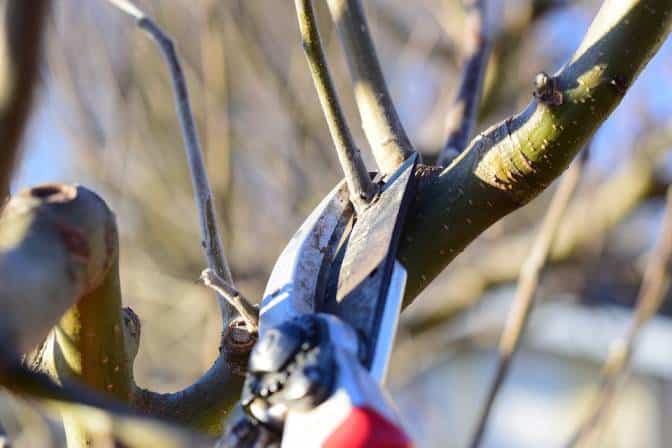
Thinning involves selectively removing branches from the crown to increase light penetration and air circulation, reduce wind resistance, and promote new growth. Done correctly, thinning can open up the canopy of a plant and allow more air and sunlight to reach the inner branches and leaves. This can reduce the risk of fungal diseases and promote healthy growth. Especially important in fruit tree pruning, it will improve the production of your fruit trees.
Lifting / Raising
This type of pruning involves removing the lower branches of the tree, and is usually done to provide clearance for buildings, vehicles, and pedestrians above paths, streets and walkways.
Reduction
This pruning involves removing the upper branches of the tree to reduce the overall height or spread of the tree. This is usually to prevent the tree from interfering with power lines or structures, or to reduce the weight of the canopy to prevent breakage. To avoid having to apply this technique, it is important to stay on top of pruning the tree to train it as it grows – rather than having to do a big cutback later.
Shaping
This is usually the reason you get a garden maintenance company or arbourist in – when you want to shape the tree to suit a garden design, the space or improve the overall look. Common shapes are natural, spherical round styles, or keeping the bottom of the tree cut in a straight line for a very tidy look.
Structural
Often done in the early stages of a young tree’s growth, structual pruning is used to improve the structure and stability of the tree, training from a young age to growth thicker where needed and promote the right shape for it to grow into.
Types of Shrub Pruning
At Perth Gardening Experts, we have experience in all types of shrub pruning, whether it’s for shape, improving the overall look, improving health or more. So if you decide that, after reading our blog, you want some help – just give us a call.
Maintenance
Something we are particularly passionate about, maintenance pruning involves removing dead or diseased branches of your shrub, and shaping the shrub to maintain its size and shape. This type of pruning is the key to keeping your garden looking great – year round.
Renewal / Growth
This pruning is applied when you need to cut back the entire shrub to stimulate new growth and rejuvenate the plant. This is typically done in older shrubs or those that have become overgrown.
Pruning for Fruit Trees, Bushes and Plants, and Flowers
Now we’ve covered how to prune trees and shrubs, it’s now time to look at how to prune fruiting and flowering trees, bushes, plants and flowers such as roses to promote growth of the flowers and fruit.
If you know anything about plants and flowers, you’ll know there are hundreds of varieties and best practice pruning methods will differ based on the variety, the season and your location, so we’ll only be able to give a basic overview in this blog to get you started.
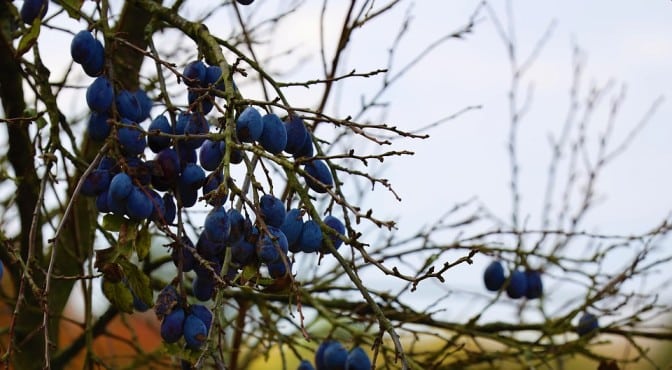
Pruning Fruiting Trees and Bushes
The best time to prune fruiting trees and bushes in Perth is during the plant’s dormant season, which is typically in winter. Pruning during this time helps the plant to focus its energy on new growth in the spring and summer, and it also reduces the risk of damaging the plant’s fruit production.
Here are some tips on pruning fruit trees:
- Remove dead and diseased wood: As you prune, look for any dead or diseased wood and remove it. This will prevent the spread of disease and encourage healthy growth.
- Thin out overcrowded branches: If your tree or bush has too many branches, it’s important to thin them out to allow for better air circulation and light penetration. This will promote better fruit production.
- Cut back to outward-facing buds: When making cuts, be sure to cut back to an outward-facing bud. This will encourage new growth to grow outward, which will help keep the plant from becoming too dense.
- Prune to promote fruit production: Finally, be sure to prune in a way that promotes fruit production. This may mean cutting back some branches more than others to encourage fruiting spurs to form.
For deciduous fruit trees like apples, pears, and peaches, it’s best to prune them during their winter dormancy, usually from late June to early August in Perth. For evergreen fruit trees like citrus, you can prune them throughout the year, but the best time is right after the fruit has been harvested, typically in late winter to early spring.
It’s important to note that pruning timing can vary depending on the specific variety of fruiting tree or bush you have, as well as the local climate conditions. Therefore, it’s always a good idea to do some research or consult with a local gardening expert to find the best pruning schedule and more information on pruning fruit trees in Perth.
Pruning Flowering Bushes and Plants
The best time to prune flowering bushes and plants in Perth, Australia depends on the specific plant species, but a general rule of thumb is to prune after flowering has finished. This ensures that you don’t accidentally remove any flower buds that have formed for the upcoming season.
Here are some tips on how to prune flowering bushes and plants in Perth:
- Choose the right tools: For smaller flowering plants, pruning shears or hand-held loppers may be sufficient. For larger bushes, a pruning saw may be necessary. Make sure your tools are sharp and clean to prevent damaging the plant.
- Remove dead or diseased wood: As you prune, look for any dead or diseased wood and remove it. This will help prevent the spread of disease and promote healthy growth.
- Cut back to healthy growth: When making cuts, be sure to cut back to a healthy growth point, such as a bud or lateral branch. Avoid cutting back too much at once, as this can weaken the plant.
- Don’t over-prune: It’s important not to over-prune flowering bushes and plants, as this can lead to reduced flowering or even death of the plant. Only prune what is necessary to promote healthy growth and shape the plant.
Examples of flowering bushes that require pruning include roses, hydrangeas, and lilacs, which should be pruned after flowering. Other plants, like hibiscus, can be pruned in late winter or early spring before new growth begins.
Pruning Roses
The best time to prune roses in Perth, Australia is in winter, during their dormant season. The ideal time to prune is after the last frost of the season and before new growth appears, which is usually between June and August.
If you are growing roses in Perth, here are some tips on how to prune them:
- Choose the right time: As mentioned earlier, the best time to prune roses is in winter, during their dormant season. Wait until after the last frost of the season and before new growth appears, which is usually between June and August in Perth, Australia.
- Identify the canes: Look for the main canes or stems of the rose bush. You’ll want to keep the strongest and healthiest ones and remove the weak or diseased ones.
- Remove dead and diseased wood: Using sharp, clean pruning shears, cut out any dead, damaged, or diseased wood. Be sure to cut back to healthy wood.
- Shape the plant: Prune to shape the plant and encourage an open, airy structure that allows good airflow and sunlight penetration. Cut back to a leaf node that faces the direction you want new growth to go.
- Cut back to an outward-facing bud: When making cuts, cut back to an outward-facing bud to encourage new growth to grow outward, which will help keep the plant from becoming too dense.
- Clean up green waste: Once you’ve finished pruning, remove all debris from around the plant to help prevent the spread of disease.
- Fertilize and water: After pruning, fertilize the plant with a balanced fertilizer to help promote new growth, and water the plant thoroughly to help it recover and encourage new growth.
It’s important not to over-prune roses, as this can weaken the plant and reduce its ability to produce flowers. Only prune what is necessary to promote healthy growth and maintain the desired shape of the plant. By following these steps and pruning during the dormant season, you can help promote healthy growth, encourage abundant flowering, and maintain the overall health of your rose bushes.
Best Time To Prune
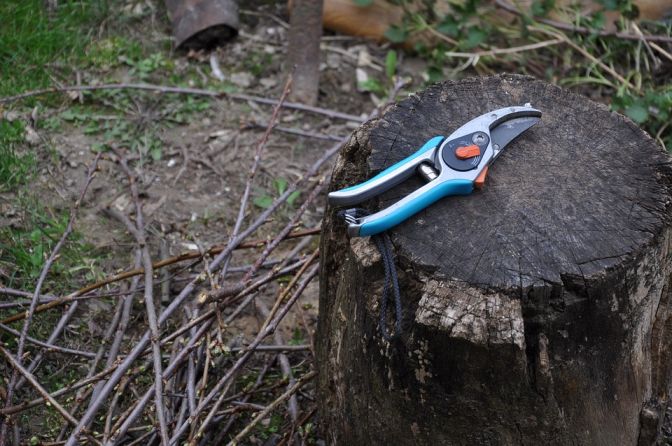
The best time to prune plants varies depending on the type of plant. In general, plants can be pruned when they are dormant, which is typically during the winter months when the plant has lost its leaves and is not actively growing.
However, some plants should not be pruned during the winter, such as those that bloom in the spring, because pruning during the winter can remove the buds that would have produced the flowers. These plants should be pruned immediately after they finish flowering, which is usually in the late spring or early summer.
For plants that are grown for their foliage, such as shrubs and hedges, it’s best to prune them in the late winter or early spring before new growth begins. This allows the plant to produce new growth that will fill in the areas that were pruned.
In general, it’s important to research the specific plant you want to prune and understand its growth habits, flowering time, and preferred pruning time. This will ensure that you prune the plant at the right time and in the right way to promote healthy growth and flowering.
Conclusion
Proper pruning is crucial to keep your trees, shrubs and plants healthy, tidy and attractive and to encourage flowers and fruit. You can see by now hoe important it is to do it not just at the right time, but in the right way to protect and increase the health and beauty of your plants.
If the thought of tackling your own plant and shrub pruning seems too stressful and you want to call in the experts, you can always get in touch with our team at Perth Gardening Experts on 08 6263 4645. We’ll take care of it for you throughout the year to make sure your plants grow healthy, stay in beautiful shape and look amazing in every season.

